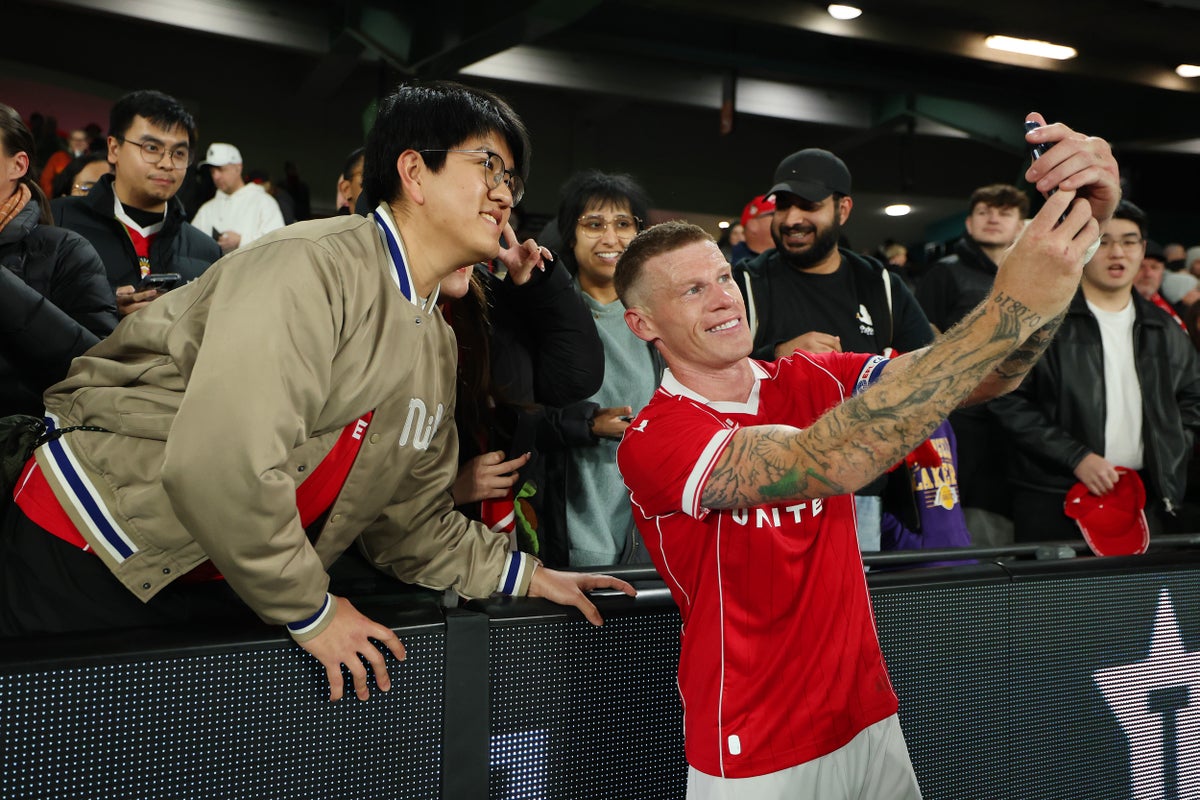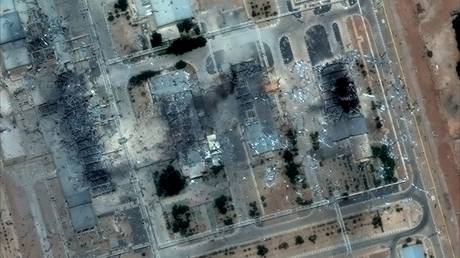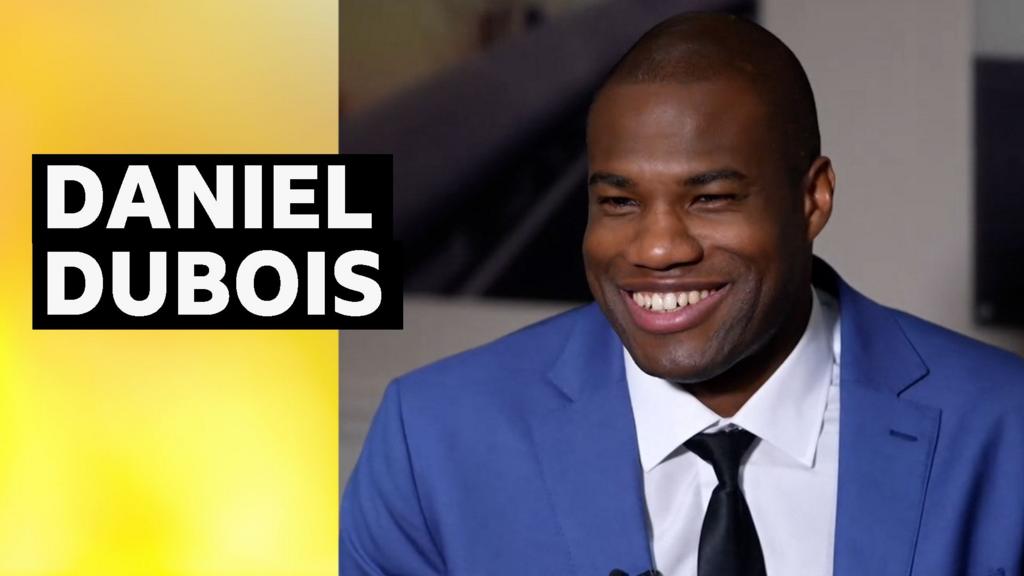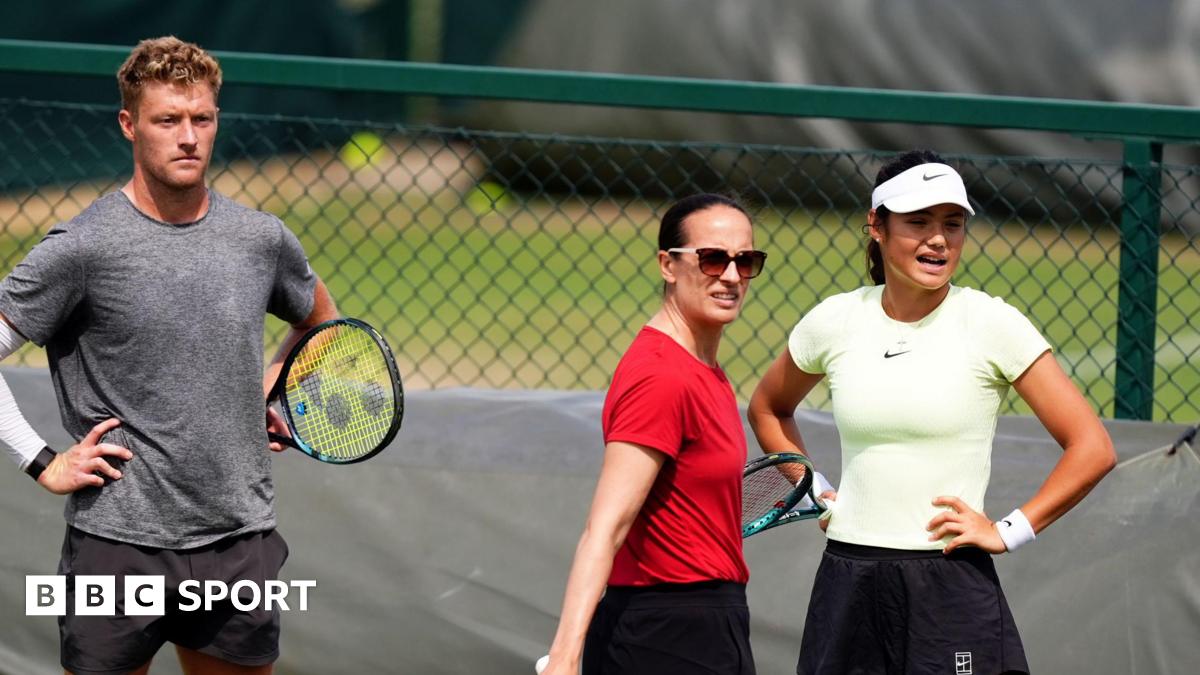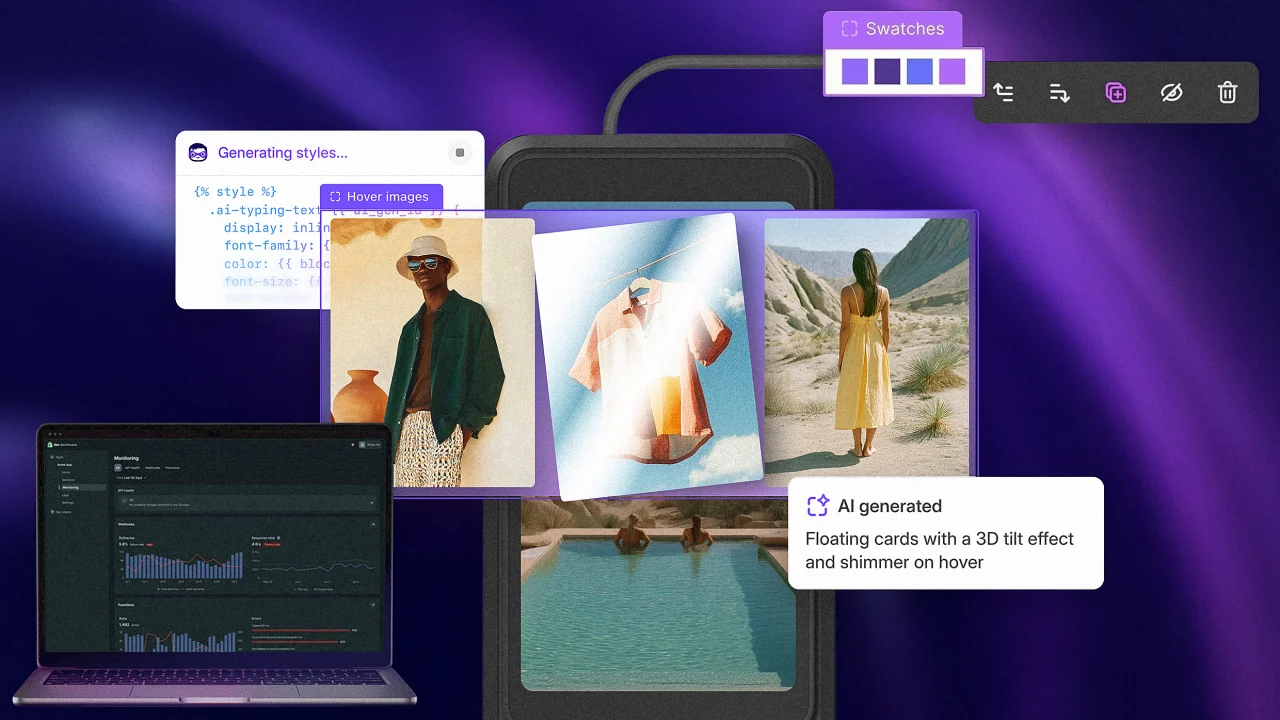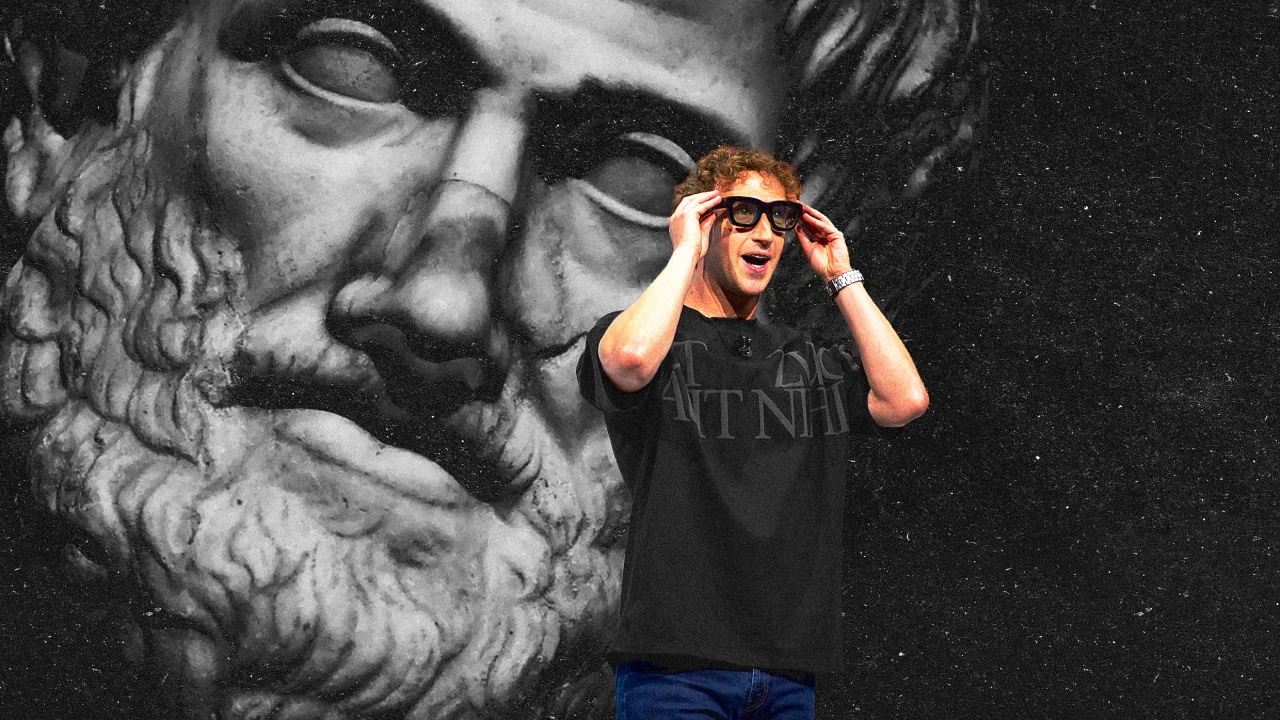AI will kill the org chart

Every technological revolution brings with it management change. The rise of automation in the 1980s, for example, led to process reengineering (stripping out unnecessary steps to shorten timelines). Now with the dawn of AI, the next wave of organizational and leadership change is upon us.
Ron Carucci, a consultant and researcher on leadership and organizations, and Kathleen Hogan, Microsoft’s former chief people officer and its newly appointed EVP of the Office of Strategy and Transformation, have identified what they believe are four of the most fundamental shifts that leaders and organizations must consider to be future-ready. Paid subscribers will learn:
- How to redefine career progression by impact, not rank
- The most important trait that talent teams need to look for when hiring
- Why AI will render the org chart a thing of the past
- The three things Microsoft is looking for from every manager to train future leaders
1. From change management to change readiness
Less than a decade ago, best practices in change management involved carefully structured communication and stakeholder plans, phased rollouts with meticulous timelines, and well-resourced implementation strategies. This approach was built on the assumption that leaders knew in advance both the changes they needed to make and the precise destination they wanted to reach.
But today, change arrives so quickly that there is often no time to define a fixed endpoint—let alone build a road map to get there. The new reality requires a shift from managing change as a project to developing a culture where change-readiness is an everyday capability.
To create this shift, leaders must first embrace a change-ready mindset—one that sees change as a continuous state rather than a series of isolated events. This means hiring and developing employees based on their ability to learn and adapt, not just their current expertise.
At Microsoft, being a “positive pivoter” means embracing change as the new norm instead of seeing it as a hardship. This means rewarding adaptability and resilience, shifting away from valuing stability—keeping things under “control”—as the ultimate leadership virtue.
Beyond mindset, leaders must also empower employees to actively drive change rather than passively waiting for direction. Rather than managing change top-down, leaders should coach employees to anticipate and shape it. This requires breaking down rigid structures and creating cross-functional teams that identify disruptions early and respond with agility. Finally, organizations must embed change as an everyday practice rather than a temporary initiative. Leaders should normalize experimentation and foster learning from failure.
At Microsoft, leaders have been prepared for this under Satya Nadella, where challenging one’s fixed mindset is a daily habit. For example, as Microsoft wrestled with how to win in AI, we had to challenge the fixed mindset that we had all the answers. When we shifted to a growth mindset we embraced the opportunity to bring in outside perspectives and ideas. In the last year we’ve added three new externally hired executives to Satya’s leadership team to enable the push into AI.
2. From hierarchical leadership to agile networks
In the past, organizations relied on well-defined hierarchies where leadership influence was dictated by reporting lines, and decision-making authority was concentrated at the top. This model created stability, but at the cost of agility, as decisions had to travel up and down a chain of command before action could be taken.
In today’s fast-moving environment this rigid structure has become a liability. The future demands a shift toward agile, networked leadership, where decision-making is based on expertise, not hierarchy, and teams dynamically form and reform to tackle challenges as they arise.
To build this new model of leadership, organizations must move beyond traditional org charts to foster fluid, networked governance structures. One organization Ron consulted with, developed innovation hubs focused on specific product and customer segments. Each cross-functional group was assigned a specific innovation focus, given resources, and empowered to make “go-no go” decisions on their projects right up until prelaunch.
This dramatically reduced the time it took to complete projects because it eliminated relying on hierarchical decision-making for approvals. In one year, they increased their successful product launches by 46%.
3. From leadership as control to leadership as coaching
For decades, leadership was synonymous with creating order from chaos. The assumption was that strong leadership meant exerting control over ambiguity. However, today, uncertainty is no longer an occasional disruption, but a constant state.
Future-ready leaders must embrace uncertainty and develop coaching mindsets to help employees navigate complexity with confidence.
This shift begins with redefining leadership as coaching rather than controlling. Replace rigid performance reviews with real-time feedback that drives continuous improvement. Balance accountability with empathy, ensuring that expectations remain high (with clear measurable goals) while employees feel psychologically safe to take risks, experiment, and grow.
Microsoft has declared this year of intensified uncertainty and transformation as the “year of the coach.” Microsoft has identified three competencies—model, coach, care—as foundational to managers at all levels. We’ve learned candid coaching is care. Role modeling what it means to give thoughtful, clear feedback as well as acknowledging personal shortfalls earns the permission to candidly coach.
All people managers will have access to communities with tools and training to improve their coaching skills. They will also be able to exchange feedback. This will be particularly critical as AI agents become a regular part of managerial life. Managers will need to understand how to coach people to harness irreplaceable human assets like relationship building, empathy, and creativity.
Equipping leaders with strong coaching skills is essential in this new paradigm. This means training managers to ask the right questions rather than simply providing answers. It also requires setting and exceeding the bar for meeting customers’ evolving needs.
4. From status as power currency to contribution as impact currency
In many organizations, career progression has long been tied to status, measured by titles, reporting structures, team size, and invitations to high-level meetings.
Employees have traditionally viewed promotions as the primary means of increasing their impact. But in an era where speed, collaboration, and expertise matter over rank, the future of leadership must be based on influence and contribution, rather than job titles.
To create this shift, companies must redefine career growth and progression by rewarding employees for impact rather than hierarchy. Instead of promotions being the primary way to acknowledge high performers, companies should design pathways where employees can expand their influence by leading initiatives, shaping critical decisions, and contributing to strategic problem-solving, regardless of their title.
Leaders should invite those with relevant expertise into key discussions, regardless of rank. This also requires rewarding horizontal collaboration, where employees who bridge silos and drive cross-functional innovation are recognized and valued.
In one organization transformation, Ron helped a global financial services company redesign how key leadership meetings were handled. Originally, the company invited attendees to the meeting based on their rank. In the new approach, each attendee was assigned a role with clear expectations. Afterwards, everyone in the room was expected to cascade key messages and decisions.
This eliminated the entitlement that senior leaders often display when it’s “their turn” to join “the important meetings.” Instead of, “I deserve to be here because I’m a senior vice president,” leaders showed up with a broader understanding of how they could create success together. By centering contribution over hierarchy, organizations will create a culture where the most capable and impactful employees thrive, decision-making is faster, and leadership pipelines are built on merit rather than tenure.
As the world of work continues to shift, leaders will do well to guide their organizations toward more adaptive structures that allow leadership to happen at all levels, and enable faster and more creative responses to market opportunities. It’s time to leave behind outmoded approaches to leading and organizing human endeavors.
What's Your Reaction?
 Like
0
Like
0
 Dislike
0
Dislike
0
 Love
0
Love
0
 Funny
0
Funny
0
 Angry
0
Angry
0
 Sad
0
Sad
0
 Wow
0
Wow
0

